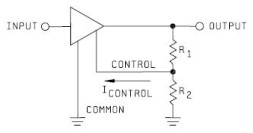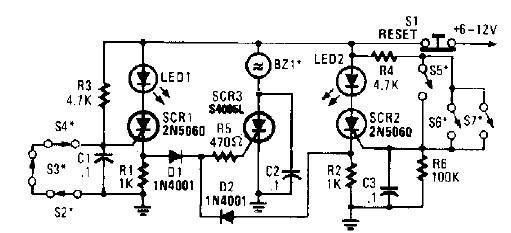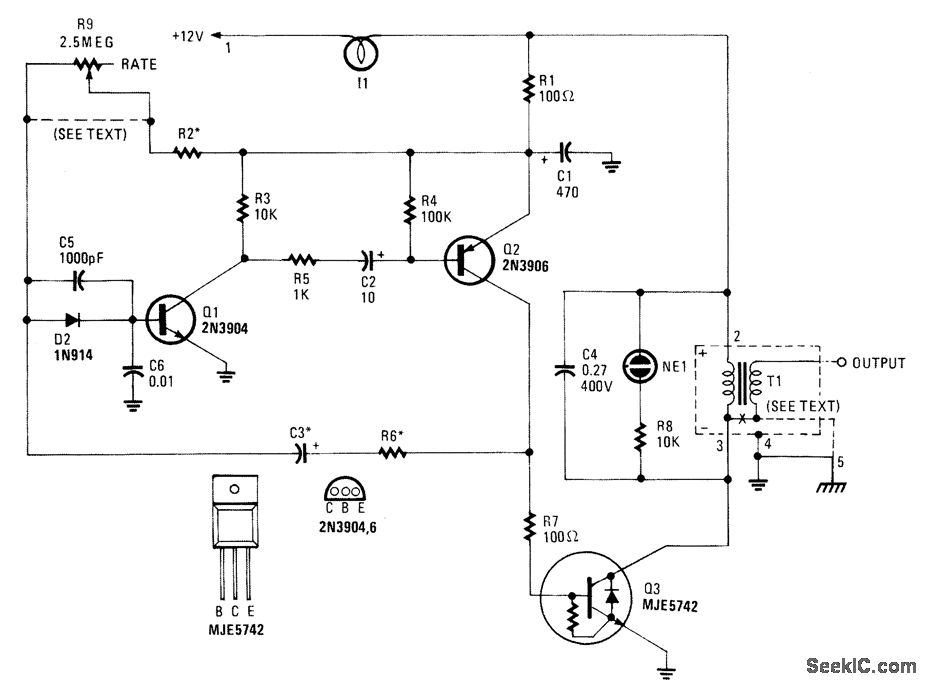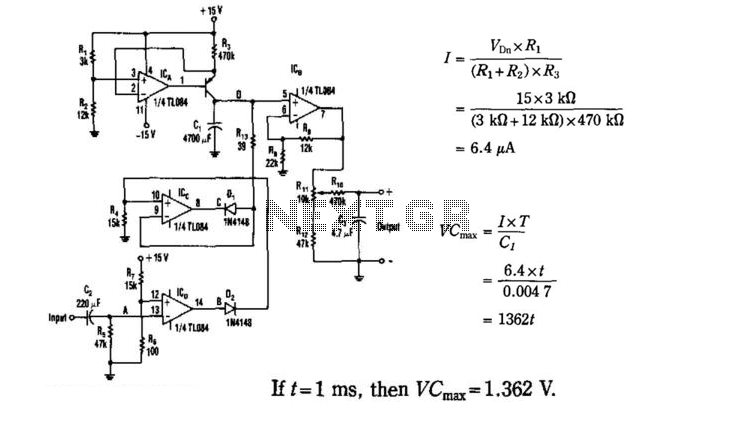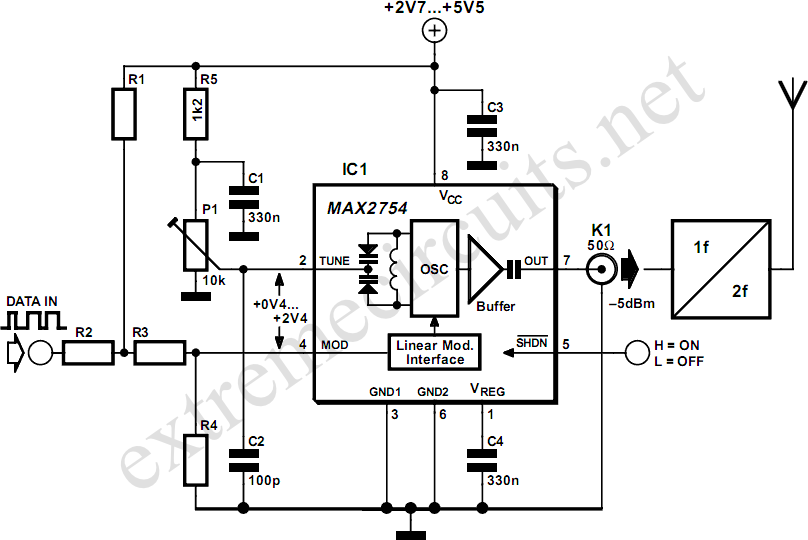
High Voltage Stun Gun
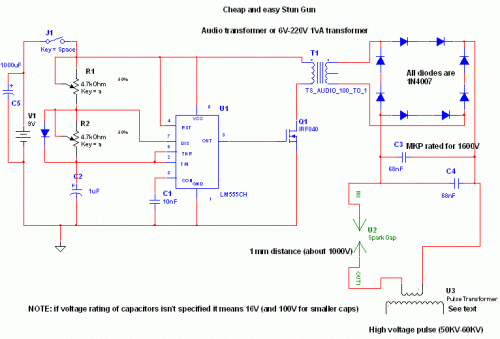
This device can be used against aggressive animals or attackers; however, it is important to note that it may be illegal in certain states.
The device in question is designed for personal protection and can serve as a deterrent against aggressive animals or potential attackers. It is essential to understand the legal implications of possessing and using such a device, as regulations vary significantly by location.
The device may incorporate various electronic components such as a high-voltage stun feature, which delivers a non-lethal electric shock to incapacitate a threat temporarily. This component typically consists of a transformer, capacitors, and a discharge circuit that generates a high-voltage output when activated.
In addition to the stun feature, the device may include a built-in alarm system to alert nearby individuals of an emergency situation. This could involve a loud siren or a flashing light, powered by a small battery or rechargeable power source. The alarm circuit may utilize a simple microcontroller to manage the activation of the sound and light indicators based on user input.
Furthermore, the device may be ergonomically designed for ease of use, with a trigger mechanism that allows for rapid deployment. This could involve a pressure-sensitive switch that activates the stun feature and alarm simultaneously when pressed.
Safety features are also paramount in the design of such devices. These may include a safety lock to prevent accidental discharge and an indicator light to show battery status.
Overall, while the device offers a means of protection, it is crucial for users to be aware of the legal restrictions and responsibilities associated with its use, ensuring compliance with local laws and regulations.Can be used agains ferocious animals or attackers, BUT REMEMBER, this device may be illegal in your state 🔗 External reference
The device in question is designed for personal protection and can serve as a deterrent against aggressive animals or potential attackers. It is essential to understand the legal implications of possessing and using such a device, as regulations vary significantly by location.
The device may incorporate various electronic components such as a high-voltage stun feature, which delivers a non-lethal electric shock to incapacitate a threat temporarily. This component typically consists of a transformer, capacitors, and a discharge circuit that generates a high-voltage output when activated.
In addition to the stun feature, the device may include a built-in alarm system to alert nearby individuals of an emergency situation. This could involve a loud siren or a flashing light, powered by a small battery or rechargeable power source. The alarm circuit may utilize a simple microcontroller to manage the activation of the sound and light indicators based on user input.
Furthermore, the device may be ergonomically designed for ease of use, with a trigger mechanism that allows for rapid deployment. This could involve a pressure-sensitive switch that activates the stun feature and alarm simultaneously when pressed.
Safety features are also paramount in the design of such devices. These may include a safety lock to prevent accidental discharge and an indicator light to show battery status.
Overall, while the device offers a means of protection, it is crucial for users to be aware of the legal restrictions and responsibilities associated with its use, ensuring compliance with local laws and regulations.Can be used agains ferocious animals or attackers, BUT REMEMBER, this device may be illegal in your state 🔗 External reference

